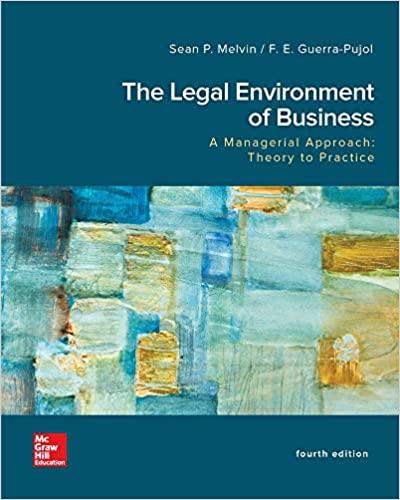Using proper APA format in at least 450 words, briefly discuss what legally constitutes exigent circumstances regarding searches and seizures. In addition, provide examples of police conduct that do not fall under the exigent circumstances rule and would therefore be in violation of the Fourth Amendment. It is common knowledge that the police must obtain a search warrant before entering any person's house. Should law enforcement not possess a warrant at the time of a seizure or search, there is a high possibility that the seizure or search would be considered unreasonable (Knox, 2018). However, there are situations where the police are legally allowed to enter private property without a search warrant and this is known as exigent circumstances. According to Warrantless Searches (2011), exigent circumstances are situations where law enforcement conducts warrantless seizures or searches when an emergency justifies the intrusion of a person's Fourth Amendment rights. Exigent circumstances only exist when real serious and immediate consequences will occur if a law enforcement officer postpones his or her response actions to try to obtain a warrant (Huff, 2010). In such emergency situations, law enforcement does not need permission from a judge to respond to incidents. O'Connor (2011) states that exigent circumstances exist only if the warrantless entry by the police is a result of responding to a bona fide emergency and the entry would result in protecting life and property or preventing the loss or destruction of evidence. For example, fire departments do not need a warrant to enter a house that is on fire. Also, the police can enter a house when in pursuit of a very dangerous criminal, responding to a person that needs medical attention, responding to a reported drug overdose, responding to a possible assault in progress, responding to situations that have a child in danger, responding to reported gunfire, etc. When in hot pursuit of a dangerous criminal, Knox (2018) states that the police can only conduct a sweep in areas where that person could realistically be hiding and not the entire house. The U.S Supreme Court observed that the reasonableness must include the allowance of the fact that law enforcement officers are usually faced with situations of making split-second decisions in situations that are uncertain, tense, and rapidly evolving (O'Connor, 2011). There are situations where police conduct does not fall under the exigent circumstances rule and would therefore violate the Fourth Amendment. First, there is an important limitation concerning exigent circumstances and that is police cannot create their own exigent circumstance as a means of justifying warrantless entry. O'Connor (2011) gives an example of police asking a person in a home to scream to justify entry. Also, let us assume the police have an arrest warrant for person X, go to his home and arrest him. In this scenario, law enforcement cannot use the exigent circumstances rule to search the entire home for another person, Y, because the arrest of person X ended the exigency. In conclusion, unless police obtain a search warrant before entering a suspect's home, there must exist exigent circumstances to justify the warrantless search or entry







